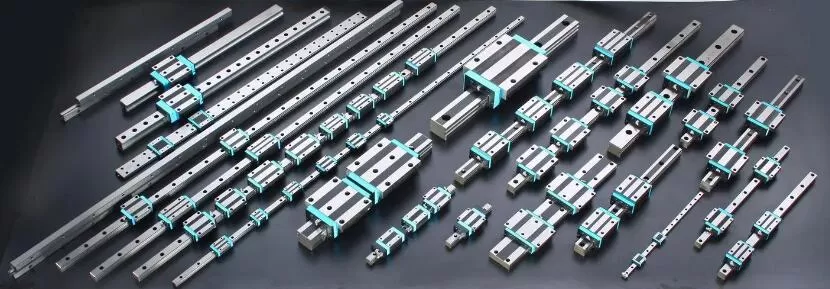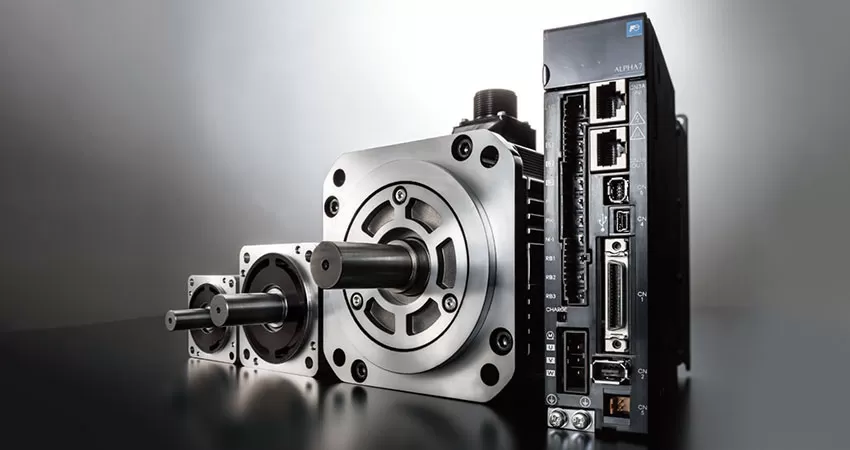Guide Rail or Track:

At the core of every linear motion system is the guide rail or track. This component serves as the foundation for the entire system, providing a smooth and flat surface along which the moving component, often called the carriage or slider, can travel. Guide rails come in various profiles, such as square, round, or dovetail, and are made from materials like steel, stainless steel, or aluminum, depending on the application's requirements.
Slider or Carriage:
The slider, also known as the carriage, is the moving component that rides along the guide rail. It's typically equipped with rolling elements, such as ball bearings, to minimize friction and ensure smooth motion. The carriage is responsible for carrying the load, and its design can vary to accommodate different loads and precision levels.
Bearing Elements:
Bearings are crucial parts that facilitate the smooth movement of the carriage along the guide rail. They come in different forms, such as ball bearings, roller bearings, or plain bearings, each with specific advantages in terms of load capacity, precision, and friction reduction.
Screw Drive (for Ball Screws):
In ball screw systems, a screw drive plays a vital role. The screw drive, usually a precision-ground shaft with helical grooves, engages with ball bearings in the carriage. When the screw drive rotates, it moves the carriage along the guide rail. This mechanism is highly efficient and ideal for applications demanding high precision and load capacity.
Ball Circulation System (for Ball Screws):
In ball screw systems, ball bearings circulate within the ball nut, transferring motion from the screw drive to the carriage. This circulation system ensures that the balls are evenly distributed and can efficiently transmit the rotational motion into linear motion.
Cross Roller Elements (for Cross Roller Guides):
Cross roller guides feature a unique design with crossed cylindrical roller elements. These elements roll between V-shaped raceways on the guide rail and the carriage. This design offers exceptional rigidity, high precision, and excellent load-bearing capabilities.
Drive Mechanism (for Motorized Systems):

In motorized linear motion systems, a drive mechanism, often a stepper or servo motor, provides the power to move the carriage along the guide rail. Coupled with a controller, it enables precise and automated linear motion control.
Conclusion:
Understanding the components of linear motion guides is essential for selecting the right system for your specific application and for maintenance and troubleshooting. Each component, from the guide rail to the carriage and the bearing elements, plays a crucial role in ensuring the system's performance, precision, and longevity. PINSI's range of high-quality linear guides, ball screws, and cross roller guides is designed to deliver reliable and efficient linear motion, catering to a wide array of industries and applications.


 +8615622924499
+8615622924499
 +8615622924499
+8615622924499

